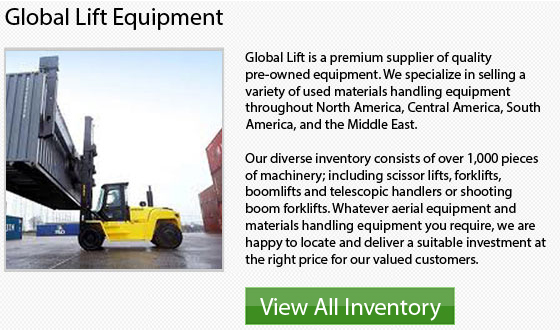
There are a variety of essential steps in forklift training which pertain specially to forklift safety. To begin with, it is very essential to ensure that all workers have been correctly taught and certified to utilize the machine. This is a big piece of machinery that we are talking about. You just cannot take risks with it. Lift truck training is important business that should be taken seriously. If you decide to skip this process, extreme repercussions could ultimately catch up with you. Allowing inexperienced and incorrectly trained individuals to operate forklifts could result in serious damage, terrible injuries and even death.
One easy safety measure to implement is the wearing of seatbelts at all times. This is a safety procedure which many employees take for granted, because they would just be traveling about 10 miles an hour. Workers often think that they would not have any problems and thus, start not wearing them. This is where the danger could occur, because it is easy for an accident to take place which could have devastating consequences. This is not a car or a truck; the seatbelt is not required to hold them in the cab if they run into something. In a lift truck, the purpose is much more important, even though the machinery travels at low speeds, in the unfortunate event of a tip-over, the seatbelt holds the driver in place secure in the seat of the driver so they will not topple out and be accidentally crushed underneath.
A well-organized reporting system has to be implemented in the event of any mechanical problems or issues happening. Employees need a rational way to communicate these situations so that people who are accountable for fixing them would. Employees should know enough about the machine that they comprehend at least the essentials of what could go wrong.
A driver needs to be able to detect if there is a problem with the lift truck so as to rectify it before it becomes a huge and potentially dangerous or expensive problem. Having a reliable reporting system in place is really important for workplaces which run on shift work. For example, if one operator leaves after knowing that there is a problem, and the next operator is unaware of the issue during his shift, then catastrophic situations can arise. Forklift training is much more involved than just knowing simply how to utilize the equipment.
It doesn't matter if a worker feels that the machinery is overturning, train your employees to not jump out of a forklift. The right thing to do in this dicey situation is to lean away from the turn while staying inside the cab and tightly holding on.